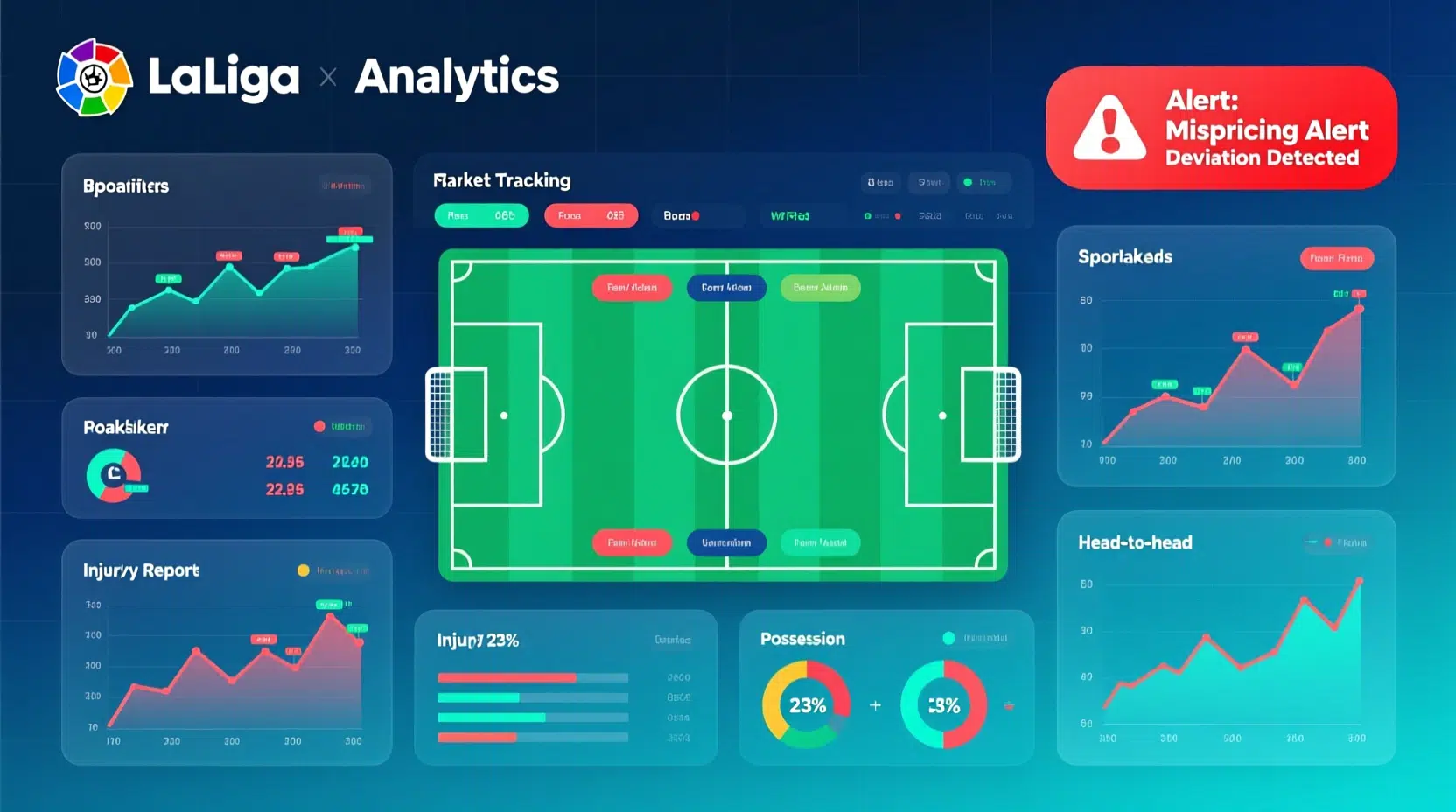Designing an effective employee benefits package is essential for attracting and retaining top talent. However, many employers make common mistakes that can diminish the value of their benefits offerings. If you know about these problems and take steps to avoid them, you can make sure that your benefits program is competitive, complete, and fits the needs of your employees. Below, we explore the top five mistakes employers make when designing employee benefits and offer actionable advice on how to avoid them.
Failing to Understand Employee Needs and Preferences
One of the most significant mistakes employers make is assuming they know what benefits their employees value most. Benefits that seem like a good idea on paper may not align with your workforce’s priorities. For instance, while some employees might prioritize health coverage, others may value retirement savings plans or additional paid time off.
How to Avoid It: Hold focus groups or regular surveys to find out what your workers want and need. Open communication with your workforce ensures that you’re offering benefits that resonate with them. Additionally, offering a range of benefits options allows employees to choose what best fits their lifestyle.
Neglecting to Offer a Range of Health Plan Options
Health insurance is one of the most critical components of any employee benefits package. However, a common mistake is offering a single health insurance plan, which may not meet the needs of every employee. For example, while some employees may prefer the flexibility of a Health Maintenance Organization (HMO) plan, others might find a Preferred Provider Organization (PPO) plan more suitable.
How to Avoid It: When selecting a health plan, it’s important to offer options. As recent studies show, subscribers still prefer PPO structures because of their flexibility in choosing healthcare providers. By offering a choice between HMO, PPO, and High Deductible Health Plans (HDHP), you give employees the freedom to choose a plan that best fits their needs and budget.
Overlooking Mental Health and Wellness Benefits
In today’s workplace, mental health is just as important as physical health. Yet, many employers fail to incorporate mental health resources and wellness programs into their benefits offerings. Without this, employees may struggle with stress, anxiety, and burnout, which can ultimately impact productivity and retention.
How to Avoid It: Employee Assistance Programs (EAPs), mental health benefits, and wellness programs are all things that employers should offer. Offering access to therapy sessions, mindfulness programs, and stress management workshops can greatly improve employee well-being and job satisfaction.
Inadequate Communication of Benefits
Even if you’ve designed an excellent benefits package, it won’t be effective if employees don’t understand it. Many employers fail to effectively communicate the details of their benefits programs, leaving employees unaware of the full range of offerings or how to utilize them.
How to Avoid It: Clear communication is key. Hold regular benefits orientation sessions and ensure that all employees have easy access to benefits information, either through an employee portal or printed materials. Use email, newsletters, and one-on-one meetings to reinforce the importance of each benefit. Additionally, ensure that employees know how to access and use their benefits, especially during open enrollment periods.
Failing to Regularly Review and Update Benefits Packages
Employee benefits are not a “set it and forget it” matter. What was suitable for your workforce five years ago may no longer be relevant or competitive today. Without regularly reviewing and updating your benefits package, you risk offering outdated options that no longer meet the needs of your employees.
How to Avoid It: Every year, you should look over your benefits packages to make sure they still meet the needs of your workers and are in line with industry standards. Take into account any changes in healthcare regulations, trends in employee wellness, and feedback from your employees. By staying up-to-date, you ensure that your benefits offerings remain competitive and attractive to top talent.
Conclusion
It takes time, thought, and regular contact to put together a good benefits package for workers. By not making the above mistakes, you can make sure that your benefits program meets the needs of your employees and stays an edge in the job market for hiring and keeping good employees. Offering a variety of health plans, including mental health support, and ensuring open lines of contact are all important parts of putting together a complete benefits package. Reviewing your products and services on a regular basis will also help them stay useful and competitive in a world that is always changing.



